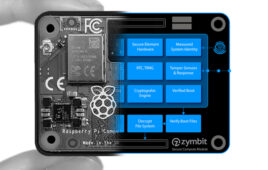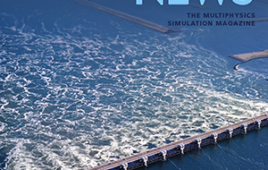Venturing to the moon is no easy feat, but one question the European Space Agency has is “How will astronauts move once they get there?” Little is known about how our bodies will adapt to lunar gravity despite the Apollo missions, so ESA’s space medicine is conducting a series of studies to find out.
According to the ESA, the gravity level on the Moon is about one-sixth of the Earth’s. So, although Apollo astronauts don’t necessarily float like astronauts on the ISS, they gracefully hop instead of walk.
Leading the research team is education coordinator at ESA’s astronaut center in Germany, David Green, alongside science operations engineer Tobias Weber. Green said that although the impacts of microgravity from the ISS has been studied and researched, the physiological impact of working in lunar gravity is a black hole of many questions yet to be explored.
By studying the effects of lunar gravity, Green hopes to mitigate potential risks and create extra measures to keep astronauts safe and healthy.
“How microgravity influences our bodies is also investigated through bedrest studies that recreate some of the changes we associate with living in space by putting people in bed with their head below horizontal,” said Green. “These studies show the way in which the body adapts to life in weightlessness, resulting in bone weakness and muscle loss, and it is why astronauts are prescribed daily exercise when in orbit.”
In 2017, researchers explored questions such as how lunar gravity might impact the biomechanics of walking, running, and hopping. The research team and the German Aerospace Center DLR conducted a “Movement in Low Gravity Study.” They used a vertical treadmill to simulate different levels of reduced gravity. Throughout the study, researchers looked at each person’s movement patterns, muscle activity, ground reaction forces, and the Achilles tendon function.
This initial research showed that jumping or hopping could play a key part in preventing muscle and bone loss, but the vertical treadmill did not allow subjects to jump as high as they would on the Moon.
“We believe jumping and hopping on the Moon may provide forces similar to walking and running on Earth. This would allow astronauts to maintain their bone and muscle condition through everyday movement,” said Tobias. “This may reduce the need for training equipment such as on the Space Station and it is something we hope to explore further.”
Now, the second part of the study will be conducted using NASA’s Active Response Gravity Offload System (ARGOS) at the Johnson Space Center, and will allow for a bigger range of vertical movement that better replicates jumping on the moon.
In turn, this research should allow researchers to determine what an astronaut’s peak jumping height is, alongside what forces and strains may be placed on their muscles and bones. Researchers hope this information will allow astronauts to remain active and better prepare them for their jumping excursions on the Moon.
Filed Under: Product design




